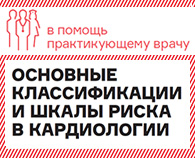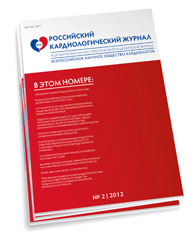Secondhand Smoke Increases Coronary Calcium
More exposure to secondhand smoke poses a greater risk of calcification of the arteries, but even low exposure is linked with coronary artery calcium, researchers reported here.
Patients who had the highest exposure of secondhand smoke had about a 90% increased risk of coronary artery calcification, while those with the lowest exposure still had about a 50% increased risk, Harvey Hecht, MD, of Mount Sinai Medical Center in New York, and colleagues reported online in the Journal of the American College of Cardiology: Cardiovascular Imaging and at the American College of Cardiology meeting here.
"Passive exposure to smoke seems to independently predict both the likelihood and extent of coronary artery calcium," Hecht said in a statement.
Previous studies have shown a marked increase in cardiac events related to secondhand tobacco smoke, and that such exposure is tied to coronary artery calcification.
Hecht and colleagues assessed 3,098 never-smokers, who were age 40 and 80, and were enrolled in the Flight Attendant Medical Research Institute (FAMRI) -- International Early Lung Cancer Action Program from 2005 to 2012.
Patients had a CT scan and their secondhand smoke exposure was assessed via questionnaire. The researchers created a secondhand tobacco smoke exposure score based on factors including the length of exposure and the daily intensity of that exposure.
Scores were determined for both childhood and adulthood, and were combined into a total score.
Overall, the prevalence of coronary artery calcium in the entire study was 24%, and those with higher levels of exposure to secondhand smoke were older and female, and had diabetes, high cholesterol, and high blood pressure.
Patients who had any exposure to secondhand smoke had a significantly higher prevalence of coronary artery calcium than patients in the general population, they reported (26% versus 19%,P<0.0001).
Both the prevalence and extent of coronary artery calcium were significantly higher with greater secondhand smoke exposure compared with low exposure, providing the first evidence of a dose-response relationship, the researchers said.
In multivariate analysis, risks of coronary artery calcium were increased among all three groups of secondhand smoke exposure:
-
Low: OR 1.54 (95% CI 1.17 to 2.02, P=0.002)
-
Moderate: OR 1.60 (95% CI 1.21 to 2.10, P=0.0008)
-
High: OR 1.93 (95% CI 1.49 to 2.51, P<0.0001)
Hecht and colleagues noted that the effects remained whether the exposure was during childhood or adulthood, but that adult exposure was more significant than childhood exposure.
"Tobacco smoke can damage the coronary arteries of nonsmokers through many different ways, which can lead to plaque formation and then to heart attacks, so this lends more [credence] to enforcing smoking bans," Hecht said in a statement.
He added that asking about secondhand smoke exposure should be "included as a routine part of medical exams and discussions about heart disease."
The researchers noted that the study didn't use the standard Agatston score to assess coronary artery calcium, but they used a low-dose, nongated CT scan to measure plaque in coronary arteries, which can also be used to assess lung cancer and emphysema in the same session.
Source: www.medpagetoday.com






